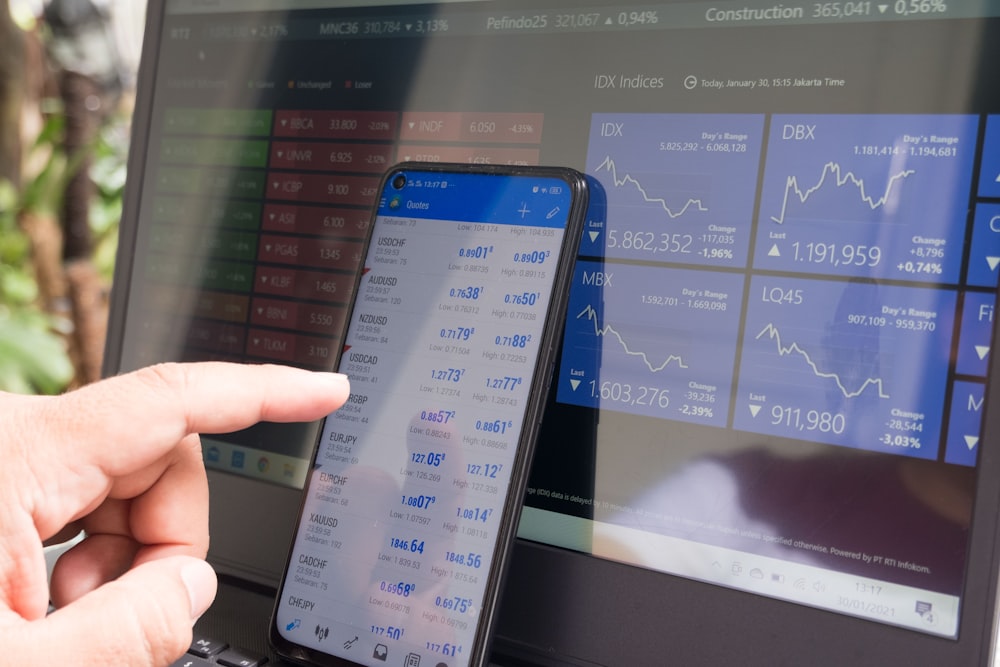Moody’s Downgrades U.S. Credit Rating To Aa1: Economic And Market Implications
Image Source: Unsplash
Moody’s Ratings downgraded the United States’ sovereign credit rating from Aaa to Aa1 on May 16, 2025, removing the nation’s top-tier status from the last major agency to hold it. This follows S&P’s 2011 and Fitch’s 2023 downgrades, driven by a $36.2 trillion national debt, persistent fiscal deficits, and rising interest costs. Despite the downgrade, Moody’s shifted its outlook to stable, citing the U.S.’s robust economy, global reserve currency status, and independent Federal Reserve. Over the weekend, Bitcoin surged to $105,000, showing no negative reaction. This article examines the downgrade’s impact on the U.S. economy, stock market, and Bitcoin’s resilience, drawing on the latest data.
The downgrade stems from a decade of fiscal deterioration. U.S. debt has reached 124% of GDP, with interest costs projected to exceed $1 trillion annually soon, outpacing defense and Medicare spending. The fiscal deficit for the year starting October 2024 hit $1.05 trillion, up 13% from the prior year. Political gridlock, exemplified by the 2023 debt ceiling crisis and recent failures to pass President Trump’s tax-and-spending bill, has deepened concerns about fiscal management. Rising interest rates have further strained debt servicing, prompting Moody’s to warn that restoring the Aaa rating requires significant reforms, such as revenue increases or spending cuts.
Economically, the downgrade may raise borrowing costs as Treasury yields climb, following a drop in Treasury securities and higher yields in late trading on Friday. This could increase mortgage rates, auto loans, and corporate borrowing costs, potentially curbing consumer spending and business investment. While U.S. Treasuries remain the world’s safest asset, the loss of Aaa status across major agencies may lead some global investors, holding over $9 trillion in U.S. debt, to diversify, weakening demand over time. For consumers, higher borrowing costs could emerge if inflation, possibly fueled by Trump’s tariffs, persists. However, the U.S.’s economic strengths mitigate immediate default risks, and policy reforms could stabilize the outlook.
The stock market saw initial declines, with the SPDR S&P 500 ETF falling 1% and the Invesco QQQ Trust Series 1 ETF dropping 1.3% in postmarket trading on Friday. Treasury futures hit session lows, signaling uncertainty. Yet, analysts expect limited volatility compared to the 2011 S&P downgrade, which caused a 5-7% drop but quick recovery. Markets had anticipated Moody’s move after its 2023 negative outlook, potentially cushioning the impact. Concerns about Trump’s tariffs, which could drive inflation, and upcoming retail earnings will influence market direction. Rising Treasury yields may pressure growth stocks, particularly in tech, while financials could benefit. After recent market gains, profit-taking is likely, though historical trends suggest a swift stabilization, with Treasuries retaining haven appeal.
Bitcoin’s rally to $105,000 stands out, defying the negative sentiment affecting stocks and bonds. Investors may view Bitcoin as a hedge against fiat currency risks, amplified by the downgrade’s spotlight on U.S. debt. Its decentralized nature insulates it from sovereign credit concerns, unlike equities tied to interest rate expectations. However, the rally may also reflect speculative momentum, as other cryptocurrencies like Ethereum and XRP fell 3%. A stronger dollar and higher yields could eventually weigh on Bitcoin, but its current strength underscores its unique market role.
Moody’s downgrade highlights the need for fiscal discipline in the U.S., with higher borrowing costs and market volatility as immediate risks. The economy’s resilience and institutional strengths provide a buffer, but sustained deficits and political inaction could exacerbate challenges. The stock market may face short-term turbulence, particularly if yields rise or tariffs disrupt growth, yet a quick recovery is plausible. Bitcoin’s surge suggests growing investor interest in non-traditional assets amid fiscal uncertainty. Policymakers must prioritize reforms to restore confidence, while markets will watch economic indicators and policy developments closely in the weeks ahead.
More By This Author:
VIX Hits 45-Day Lows As Market Calm Returns, But Debt Ceiling Threat Looms Over Optimistic Outlook
Gold Pauses At Crossroads As US-China Trade Truce Triggers Risk-On Shift, But Uncertainty Lingers
Port Slowdown And Hiring Freeze Signal Economic Strain Beyond Jobs Data
Enjoyed this article? Invest in a subscription to expand your horizon towards advanced wealth creation.
Visit our more




